Neptune Statistics
| Planetary Symbol: |
 |
Name in Roman/Greek Mythology: |
Neptune/Poseidon |
| Diameter: |
49,493 km (30,760 miles) |
Rotation Period about Axis: |
17.24 hrs |
| Mass: |
102.4x10^24 kilograms (17.2 x Earth's) |
Revolution Period about the Sun: |
165 years |
| Density: |
1,638 kg/m^3 |
Tilt of Axis: |
29o 36" |
| Minimum Distance from Sun: |
4.46 billion km
(2.77 billion miles) |
Surface Gravity: |
11 m/s^2 (1.12 x Earth's) |
| Maximum Distance from Sun: |
4.54 billion km
(2.82 billion miles) |
Temperature at Cloud Tops: |
-210o C ( -346o F) |
| Orbital Semimajor Axis: |
30.07 AU (Earth=1 AU) |
Average Cloud Top Temperature (K): |
63K |
| Minimum Distance from Earth: |
4.3 billion km
(2.68 billion miles) |
Satellites/Rings: |
known moons, faint rings |
 Neptune Image Archive
Neptune Image Archive
 Comparative Planetary Statistics -- in table form
Comparative Planetary Statistics -- in table form
 Comparative Orbital Statistics -- in table form
Comparative Orbital Statistics -- in table form
 Actual Distance to Earth
Actual Distance to Earth
You might also be interested in:

How did life evolve on Earth? The answer to this question can help us understand our past and prepare for our future. Although evolution provides credible and reliable answers, polls show that many people turn away from science, seeking other explanations with which they are more comfortable.
...more
Poseidon was the Greek god of the sea and earthquakes. Poseidon was depicted as a bearded man with long hair, holding a trident and accompanied by dolphins and fish. He had the reputation for having a
...more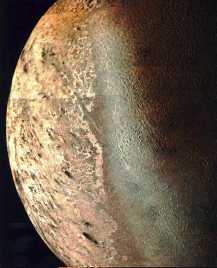
Neptune has // Call the moon count function defined in the document head print_moon_count('neptune'); moons. It also has rings, but its rings are different from Saturn's. Neptune's largest moon is named
...more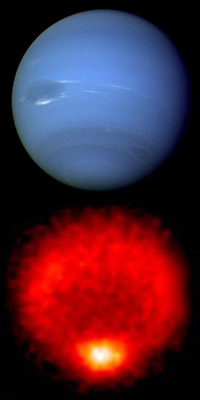
The South Pole of the planet Neptune is a bit strange. Triton, Neptune's largest moon, also has interesting features at its poles. Neptune is tilted on its axis by about 28°. That isn't so strange... Earth
...more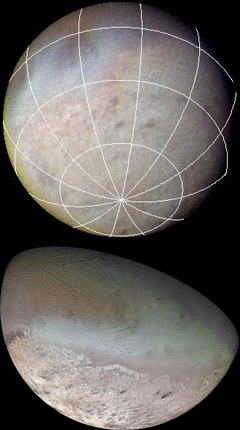
Triton is the largest moon of Neptune. It is a very unusual moon. The poles of Triton are especially interesting. Triton has a polar ice cap at the South Pole. Earth, of course, has ice caps at its poles
...more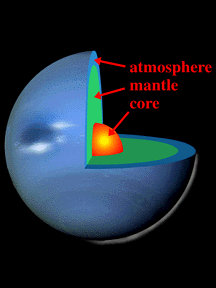
The Giant planets do not have the same kind of layers inside that the Earth-like planets do. Their evolution was quite different than that of the Earth-like planets, and they have much more gas and ice
...more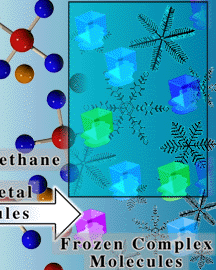
The atmosphere of Neptune is very similar to that of Uranus, and unlike that of Saturn and Jupiter. On Jupiter and Saturn, the atmosphere is mostly composed of the simple molecules hydrogen and helium.
...more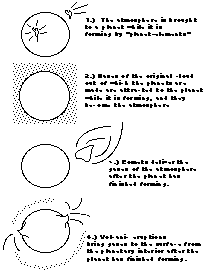
There are four ideas for the origin of a planetary atmosphere. Those four ideas are: 1. that the planet-elements of which a planet was made released the atmosphere, 2. that the atmosphere was drawn to
...more

 Comparative Planetary Statistics -- in table form
Comparative Planetary Statistics -- in table form
 Comparative Orbital Statistics -- in table form
Comparative Orbital Statistics -- in table form


 Neptune Image Archive
Neptune Image Archive











